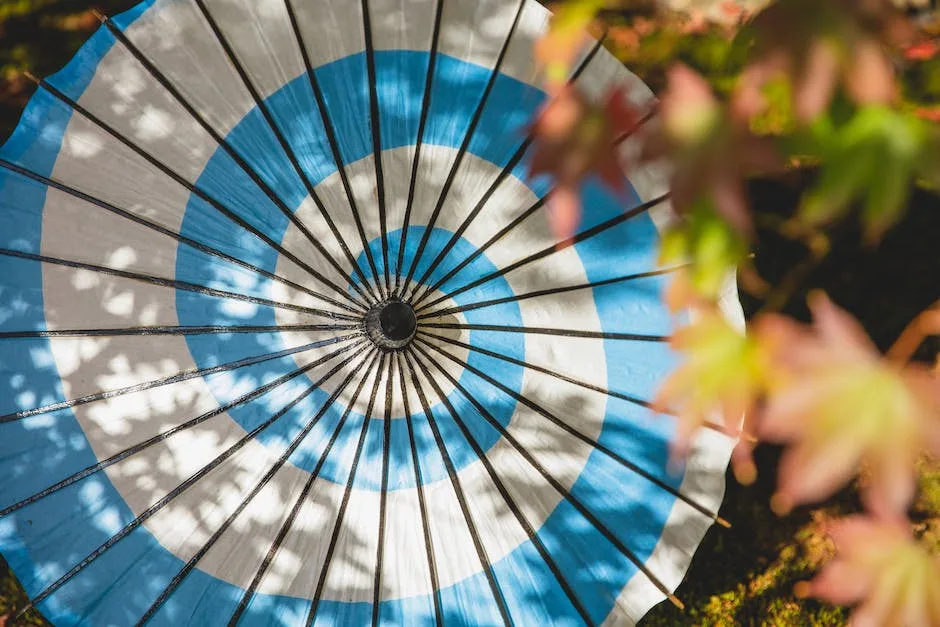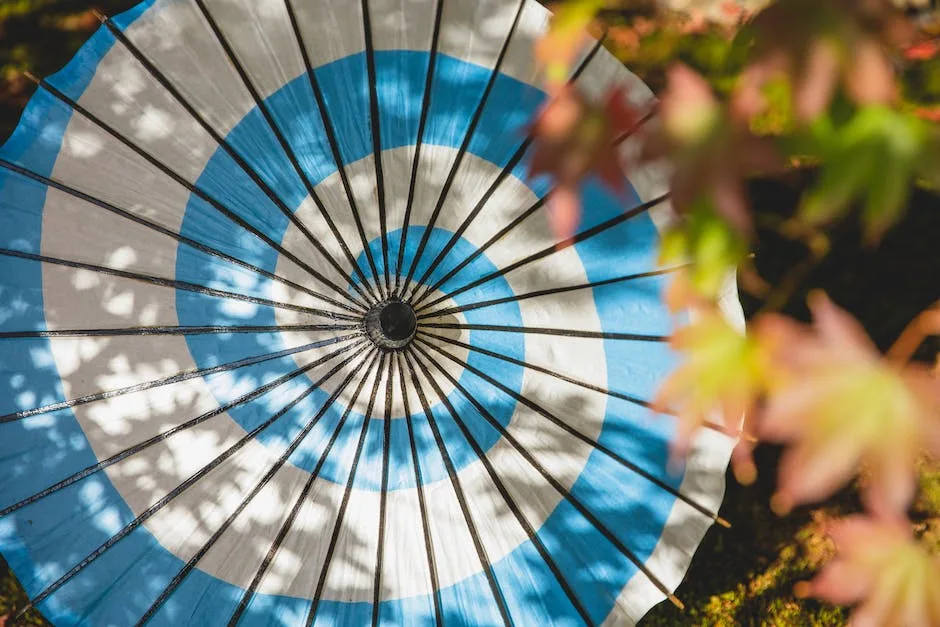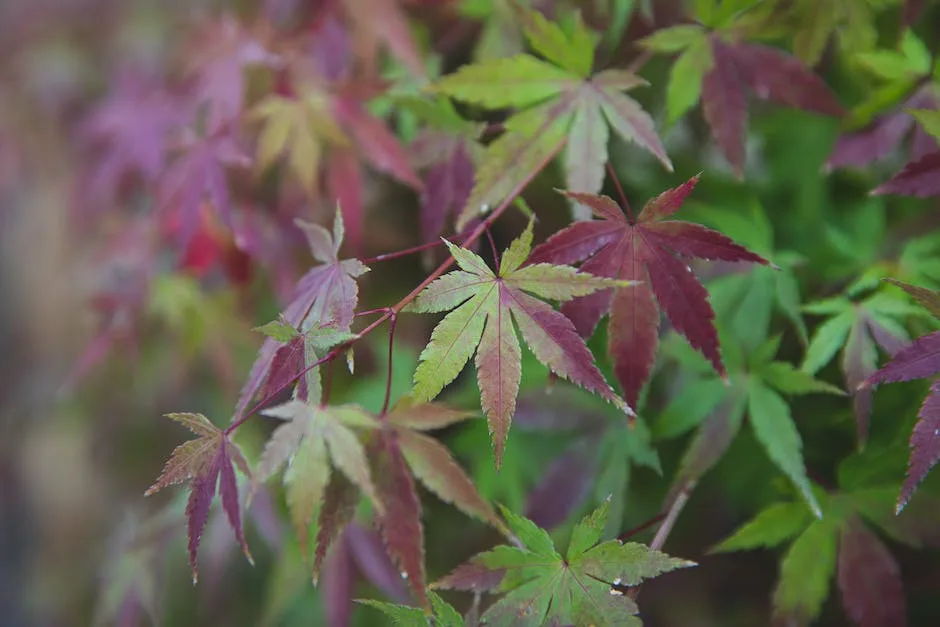No matter what type of Japanese maple tree (Acer palmatum) you grow in your garden, it’s important to fertilize the tree on a regular basis. The best time to fertilize a Japanese maple is in the spring, just as the new growth begins to appear.
There is no definitive answer to this question as it depends on the specific tree and the soil conditions. Generally speaking, however, it is not necessary to fertilize Japanese maple trees.
What is the best fertilizer for Japanese maple trees?
A slow or controlled release fertilizer is a great option for Japanese maples. Commercially known as Polyon or Osmocote, these are the most common and both work very well. We use both successfully in our Japanese maple production.
When feeding a Japanese maple, you can apply a slow-release shrub and tree fertilizer at half the recommended rate for other types of trees. That said, I usually go with and recommend a mild, organic plant food.
What is the best fertilizer for maple tree
When feeding a maple tree, I use a slow-release shrub and tree fertilizer at rates recommended on the product label. Alternatively, you can feed with mild, organic plant food. Avoid the use of 10-10-10 and other similar quick-release fertilizers.
When fertilizing your Japanese maple tree, it is important to know how much fertilizer to use. The best fertilizer for mature trees is 1/10 pound of nitrogen for every 1 inch of the tree’s diameter. This tree trunk diameter should be measured at four and a half feet from the ground.
How do I make my Japanese maple happy?
Japanese maples are a beautiful addition to any garden, and with the proper care, they can thrive for many years. They need dappled or afternoon shade, especially when young, to protect them from the strong sun. They also need well-drained, consistently moist soil, neither too wet nor too dry. And finally, they need protection from late spring frosts, especially when young. With a little care, your Japanese maple can provide years of enjoyment.
Japanese maples should be fertilized in early spring, right before the leaves emerge. That way, the nutrition in the root zone is “topped off,” per se, and available to support that first flush of springtime growth.
How often should you fertilize a Japanese maple tree?
Once or twice a year, depending on the species, maples should be fertilized. For best results, use a fertilizer formulated specifically for maples.
Ideally, Japanese maples should be placed in a spot with dappled shade to prevent leaf scorch. Scorched leaves develop brown margins and often drop from the tree by mid to late summer.
How do you keep Japanese maple leaves red
When you are placing your red Japanese maple, one factor to consider is how much sunlight the tree will need. Too much shade will minimize the red shades in the leaves, making them less striking. The tree would be more vibrant in an area with more sunlight.
If you see a tree with a crust of fertilizer on the ground beneath it, or if the leaves are yellowing, wilting, or browning, it may be over-fertilized. This can cause stress to the tree and may lead to problems down the road. If you think your tree may be over-fertilized, contact a certified arborist or tree care professional for help.
Are coffee grounds good for maple trees?
Coffee grounds are a great way to add nutrients and improve the quality of your soil. They are high in nitrogen and other minerals that can help your plants grow. Plus, they are free at Starbucks! For a 4-foot-tall Japanese maple, I recommend applying 4 pounds of coffee grounds per tree per season.
It is generally recommended that trees and shrubs be fertilized in early spring, with a light fertilizer application made in early summer if conditions are favorable for plant growth. However, it is important to avoid fertilizing trees and shrubs that are stressed by drought during the summer months.
Can you water a Japanese maple too much
If you notice your Japanese Maple’s leaves turning brown or black at the tips, it could be a sign of over watering. Make sure to give your plant enough water, but not too much, and monitor the soil to ensure it isn’t waterlogged. Over watering is a common cause of decline in these trees, so it’s important to be vigilant.
If you see your maple tree’s leaves turning yellow, with green veins still visible, iron chlorosis may be the problem. This disorder is caused by the tree’s inability to absorb the available iron in our soils, due to high clay content or high alkalinity. If you think your tree may be suffering from iron chlorosis, contact your local arborist or tree care professional for advice on how to treat it.
How do you keep Japanese maples healthy?
To keep your Japanese Maple healthy during the summer, make sure to keep the soil moist with regular watering and mulch. You can also give them afternoon shade to help protect them from the heat. Choose a variety that is known to be resistant to burning to help keep your tree healthy.
Leaves can show stress in a number of ways, including burning on the tips, wilting, and changing color. Sometimes the roots will become sunbaked and the stress will show up in the leaves as well. Maples are particularly susceptible to sunscald and should be protected from direct sunlight during the first year or two after transplanting.
How do I make my Japanese maple thicker
This is the best way to get a thicker trunk on your tree. By letting it grow freely in a large container, you are allowing it to put on more growth. Once you are happy with the thickness of the trunk, you can then train it again and place it in a smaller pot.
Watering:
Water every 2-3 days for the first month. After that, a good watering once a week should be sufficient, but monitor it often as windy days can dry out soil quickly. If the tree is fall planted, water once a week when no rain or snow cover is provided.
Mulching:
Always provide a layer of mulch around Japanese maple trees. This will help to protect the roots and keep the soil moist.
How do you fertilize a new maple tree
Fertilizing newly planted trees is a great way to give them a boost and help them get established. There are many different types of fertilizer available, and all will be effective in promoting growth. Granular, liquid, and stake fertilizers can all be used, and the application rate will vary depending on the product. In general, you should aim to apply 2 lbs or 2 pints of fertilizer per 100 square feet of planting bed. This will help ensure that your trees get off to a strong start and are able to thrive in their new environment.
Don’t worry if the leaves on your plant are red in the spring and fall. This is normal and the plant will be brilliant in the fall and next spring when it leafs out again.
How hot is too hot for Japanese maple
Heat tolerance is an important characteristic to consider when selecting a Japanese maple. While most varieties can tolerate temperatures in the 90s, some still require afternoon shade. For best results, choose a variety that is best suited for your USDA hardiness zone.
Japanese maples can become very old, sometimes living to over one hundred years old. They usually grow slowly, at a rate of one to two feet per year, so it is best to buy the largest one you can afford. With proper care, these trees can provide many years of enjoyment.
What happens if Japanese maple gets too much sun
With the recent summer winds and hot sun, many Japanese Maples have sun burned leaves and some early leaf drop. I can attest to this firsthand, as the hot afternoon summer sun exposure has resulted in sun burned leaves on many varieties of red Japanese Maples in my own garden. While this is certainly not ideal, fortunately the leaves will eventually grow back in and the trees will be fine. In the meantime, I recommend providing some additional shade and protection from the sun if possible to help prevent further damage.
If your maple tree is not receiving at least 6 hours of sunlight each day, it may not be able to change colors. Additionally, poor soil quality and over-fertilization can also prevent the leaves from changing to a red color in the fall.
Do Japanese maples like acid fertilizer
To maintain the best health for your tree, you should use organic fertilizer and products that are high in acidity. Japanese maples require these elements to stay healthy and strong. By using the right products, you can keep your tree looking its best for years to come.
Mulching your trees with 2 1/2 – 3″ of shredded bark is a great way to insulate the roots and prevent water from evaporating around the tree. Watering deeply twice a week is ideal, but if you have a newly planted tree or a container-grown tree, you may need to water more often.
What time of year should you fertilize a maple tree
You should fertilize your maple trees in the early spring after they have a few new leaves. However, it’s only necessary if you think the tree looked full during the previous growing season. Fertilizing maple trees helps ensure that they remain healthy and continue to produce good amounts of leaves and syrup.
It is recommended that young, rapidly growing trees be fertilized annually in order to promote rapid establishment. Mature trees may only need to be fertilized every two to three years to maintain good foliage color and vigor. This usually is not done until after their first growing season.
Conclusion
Because Japanese maples (Acer palmatum) are slow-growing, they don’t need a lot of fertilizer. In fact, too much fertilizer can actually harm them. If your tree is growing slowly or the leaves are pale green or yellow, it may be due to a lack of nutrients. However, adding too much fertilizer will cause the tree to produce too much growth, which can make the tree weak and susceptible to damage. The best time to fertilize your Japanese maple is in the spring, just before new growth begins.
Fertilizing your Japanese Maple is important to maintain its health and appearance. The type of fertilizer you use, frequency of fertilization, and amount of fertilizer will depend on the age and condition of your tree. Fertilizing your Japanese Maple is an important part of tree care.
I’ve always been drawn to trees.
As a kid, I spent most of my free time outside, climbing, exploring, and trying to figure out the names of the trees around me.
That early curiosity eventually led me to study arboriculture and horticulture at Michigan State.
Later, I completed a degree in forestry at the University of Michigan.
I’ve been working in tree care and education ever since.
These days, I enjoy helping people learn more about the trees in their own backyards.
How they grow, how to care for them, and why they matter.
You don’t need to be an expert to appreciate trees.
A little curiosity goes a long way.
